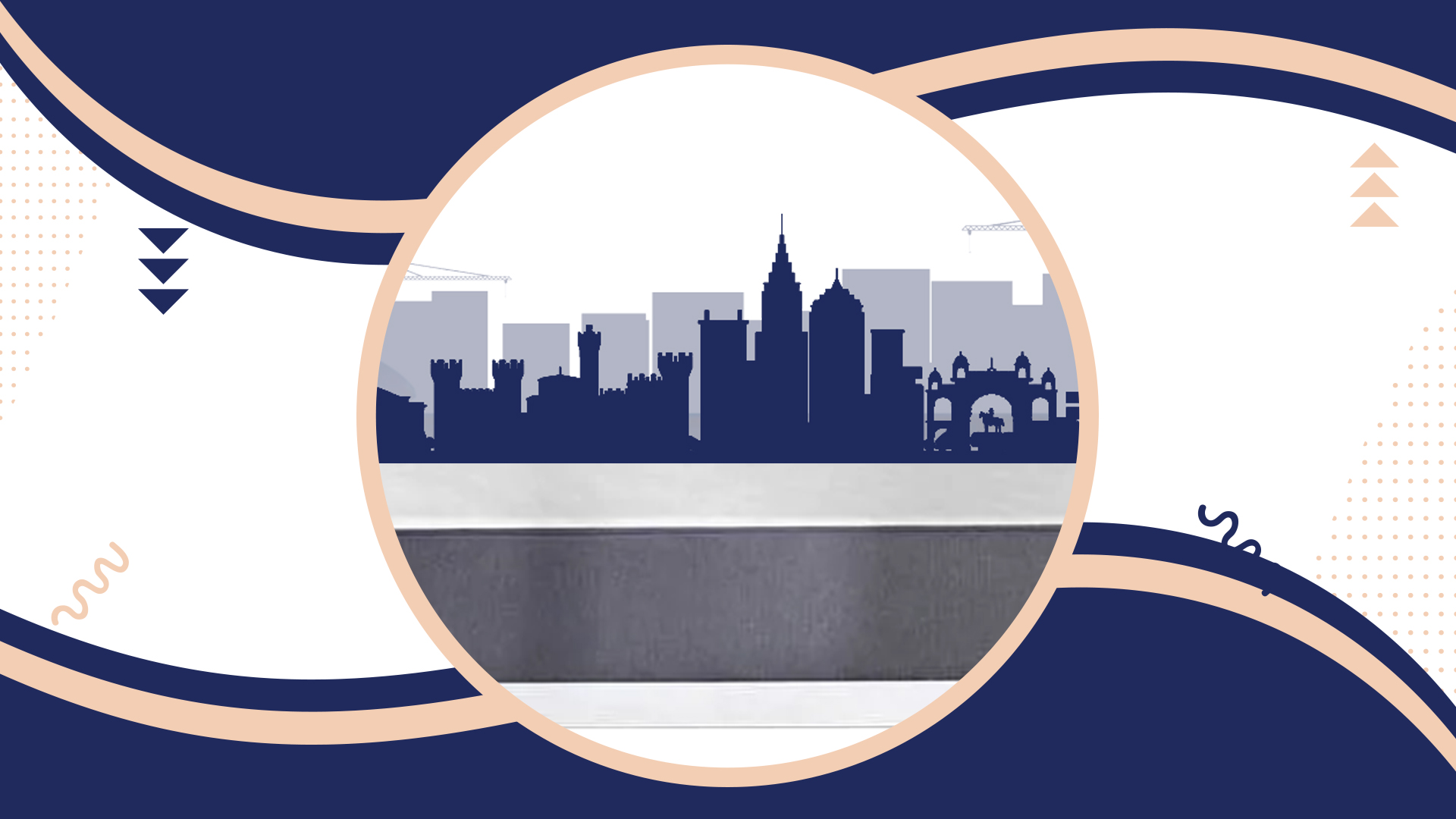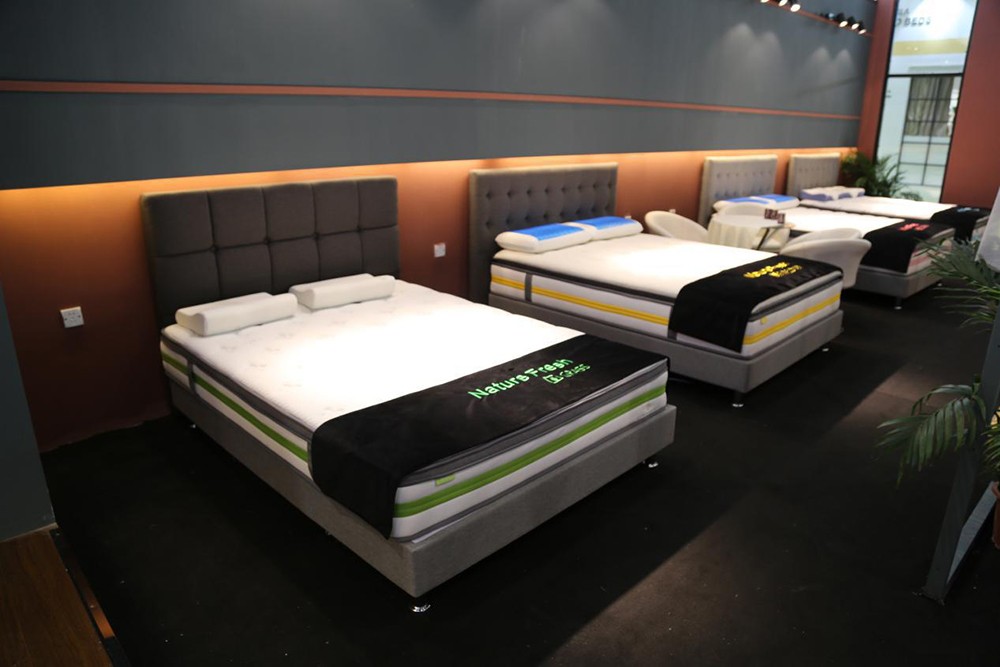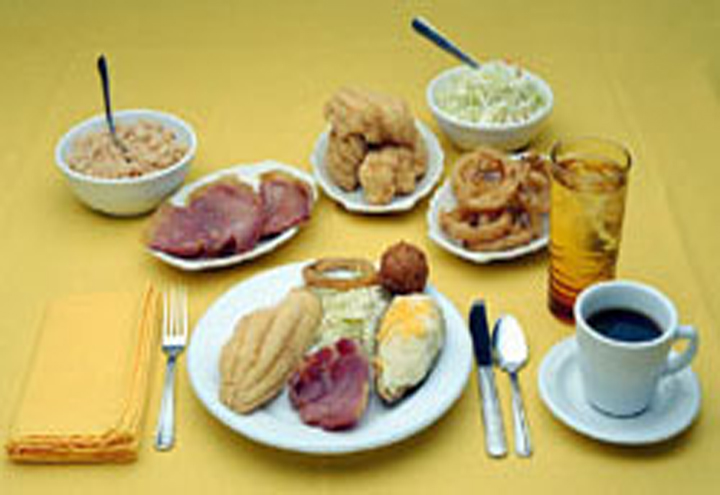The layout of your kitchen is one of the most basic design principles. You'll want to ensure that the countertops & cabinets have enough room for plenty of storage, as well as plenty of space for prepping meals and entertaining. Investigate the dimensions of your kitchen and plan accordingly. For bigger kitchens, an island can be a great addition, while smaller kitchens can benefit from an open floor plan. Layout
Lighting is another key factor in crafting a successful kitchen design. Under-cabinet lighting is especially useful and can help you make the most of your available space. Natural lighting is also essential, so try to plan for lots of windows and skylights. When thinking about the lighting setup in your kitchen, think about how the space will be used and plan accordingly. Lighting
When it comes to kitchen design basics, storage solutions are essential. From cabinets and drawers to pantries and shelves, every element of your kitchen should be optimized for storage. Look into clever storage solutions such as lazy Susans or built-in drawers to make the most of your available space. Utilizing vertical space is also important. Storage Solutions
The materials and finishes that you choose for your kitchen will set the tone for the entire look. From cabinets and countertops to flooring and backsplash, make sure to explore all your options and pick materials that match your design aesthetic. Additionally, consider the amount of maintenance the materials and finishes require so you can ensure the longevity of your kitchen design. Materials and Finishes
In addition to materials and finishes, the colors and textures you choose for the walls, flooring, countertops, and furniture can also have a profound effect on the look of your kitchen. For maximum impact, choose colors that complement one another and textures that provide visual and tactile interest. A good rule of thumb is to keep the color scheme warm and inviting. Colors and Textures
Good kitchen design basics include high-quality ventilation. A range hood and/or an exhaust fan can help keep odors and smoke from permeating your kitchen and home. Additionally, you'll need to ensure that your ventilation system has enough power to remove heat and steam from the kitchen when you're cooking and entertaining. Ventilation
Appliances play an important role in your kitchen design. Not only do they add functionality, but they also help set the tone for the space. Consider the latest and greatest kitchen appliances, ranging from swanky refrigerators and ranges to dishwashers, microwaves, and more. Additionally, think about the type and size of appliances that your kitchen can handle. Appliances
Choosing the right sink and faucet can make all the difference in a kitchen. Consider how and how often you'll use it and plan accordingly. Think about the size of the sink, as well as the type of material that it's made of. The same goes for the faucet - it should complement the look and feel of the sink. Sink and Faucet
When it comes to kitchen design basics, flooring is often overlooked. Consider the level of traffic that your kitchen will experience, as well as the look that you're trying to achieve. Depending on the style of your kitchen, you can explore options ranging from polished hardwoods and luxury vinyl tiles to ceramic tiles and more. Flooring
A kitchen backsplash can add life to the entire room. You can explore a range of materials and colors to complement your kitchen design. For instance, a colorful tile backsplash can add a pop of color and texture to your walls, while a natural stone backsplash can help give the room a more earthy feel. Backsplash
Finally, kitchen design basics must include countertops. This is one of the most visible elements in a kitchen, so make sure that you choose a material that's up to the task. Granite, quartz, and marble are all popular choices, as they all have their own unique look and feel. Consider the level of maintenance that each material requires as well. Countertops
Creating the Best Kitchen Design for Your Home: Kitchen Design Basics
 One of the most important rooms in a home is the kitchen. Not only does it serve as the hub of food preparation, but it also plays a key role in bringing the entire family together. When planning a kitchen design, there are several elements that need to be taken into consideration for efficient and comfortable use.
Kitchen design basics
involve understanding the elements that complete a kitchen, as well as the sizes and scales needed to create a design that works best for each particular space and its occupants.
One of the most important rooms in a home is the kitchen. Not only does it serve as the hub of food preparation, but it also plays a key role in bringing the entire family together. When planning a kitchen design, there are several elements that need to be taken into consideration for efficient and comfortable use.
Kitchen design basics
involve understanding the elements that complete a kitchen, as well as the sizes and scales needed to create a design that works best for each particular space and its occupants.
Understanding the Layouts
 The layout of a kitchen is one of the
most important aspects of kitchen design basics
. It needs to be made to fit the space, as well as the needs of the user. A popular choice for this type of room is the work triangle, which provides a comfortable workflow and way to cook. The work triangle is made up of three points, on each of which is typically an appliance such as a sink, stove, or refrigerator. The sum distance of these points should not exceed 26 feet, and the lines between the points should not intersect other fixtures or appliances.
The layout of a kitchen is one of the
most important aspects of kitchen design basics
. It needs to be made to fit the space, as well as the needs of the user. A popular choice for this type of room is the work triangle, which provides a comfortable workflow and way to cook. The work triangle is made up of three points, on each of which is typically an appliance such as a sink, stove, or refrigerator. The sum distance of these points should not exceed 26 feet, and the lines between the points should not intersect other fixtures or appliances.
Making the Most of What You Have
 Layout isn’t always an option however, as existing appliances like ovens and other fixtures can hinder any change to design. In such cases, making the most of what you have is the
best approach to kitchen design basics
. Make sure that all the essentials are included, that the appliances are close enough to reach, and that the stove, sink, and fridge are placed in the work triangle form. Additionally, ensure the work flow is comfortable. Counter space and adequate storage should also be taken into consideration when making the best use of existing appliances.
Layout isn’t always an option however, as existing appliances like ovens and other fixtures can hinder any change to design. In such cases, making the most of what you have is the
best approach to kitchen design basics
. Make sure that all the essentials are included, that the appliances are close enough to reach, and that the stove, sink, and fridge are placed in the work triangle form. Additionally, ensure the work flow is comfortable. Counter space and adequate storage should also be taken into consideration when making the best use of existing appliances.
Lighting and Interiors
 Finally, lighting and interiors are two other
important aspects of kitchen design basics
. Good lighting should be chosen, such as a combination of both natural light, task lighting, and accent lighting. Interior design can also add to the overall feel of the kitchen by creating a more homey atmosphere. Options include classic and modern kitchen design, industrial kitchen design, and more. There are even minimalist designs available for those who prefer a clean and more open look. No matter the type chosen, consider the overall design and be sure it fits with the other aspects of the kitchen.
Finally, lighting and interiors are two other
important aspects of kitchen design basics
. Good lighting should be chosen, such as a combination of both natural light, task lighting, and accent lighting. Interior design can also add to the overall feel of the kitchen by creating a more homey atmosphere. Options include classic and modern kitchen design, industrial kitchen design, and more. There are even minimalist designs available for those who prefer a clean and more open look. No matter the type chosen, consider the overall design and be sure it fits with the other aspects of the kitchen.






























































































